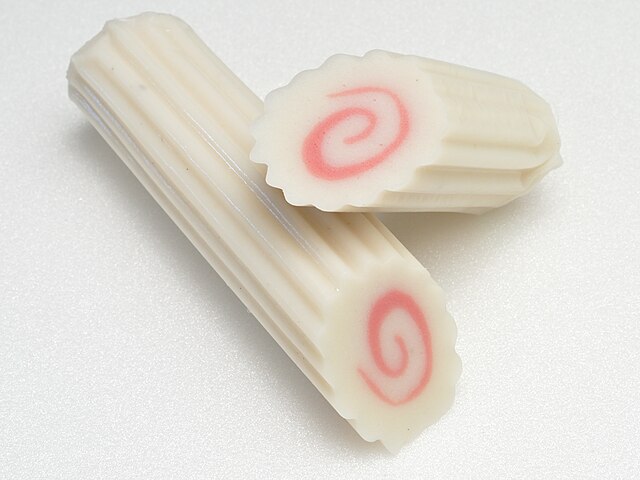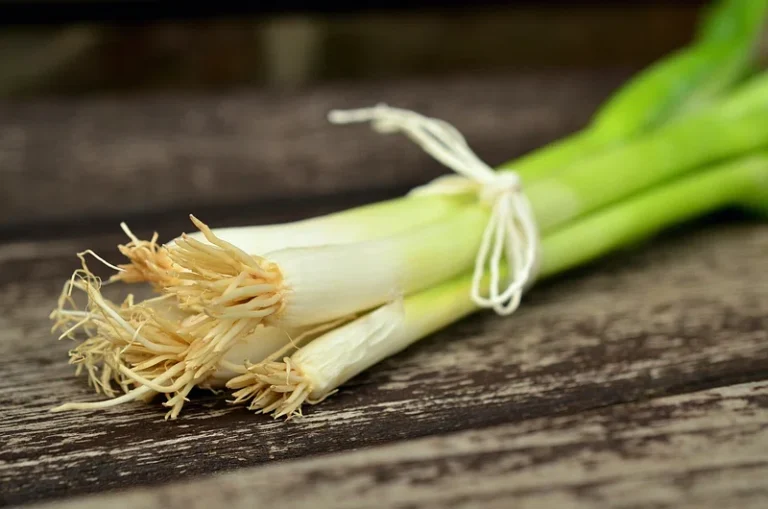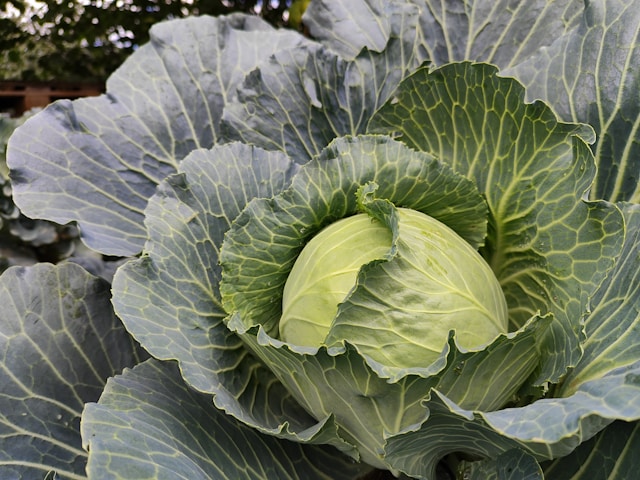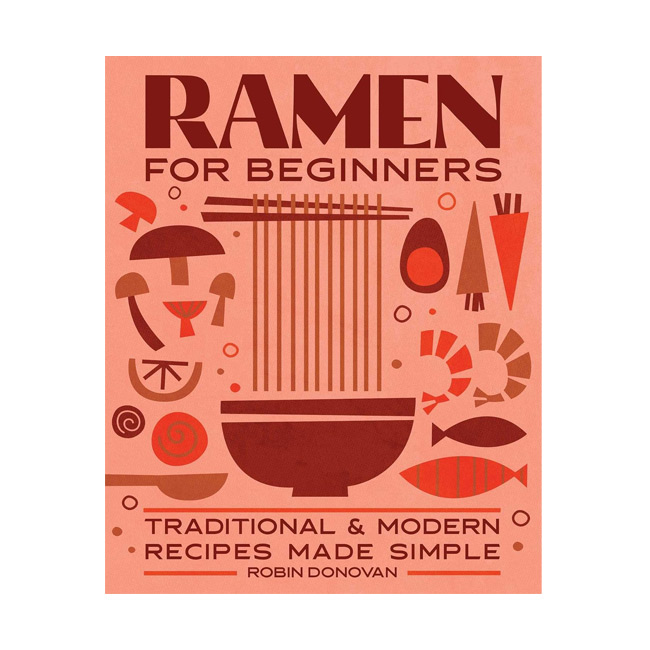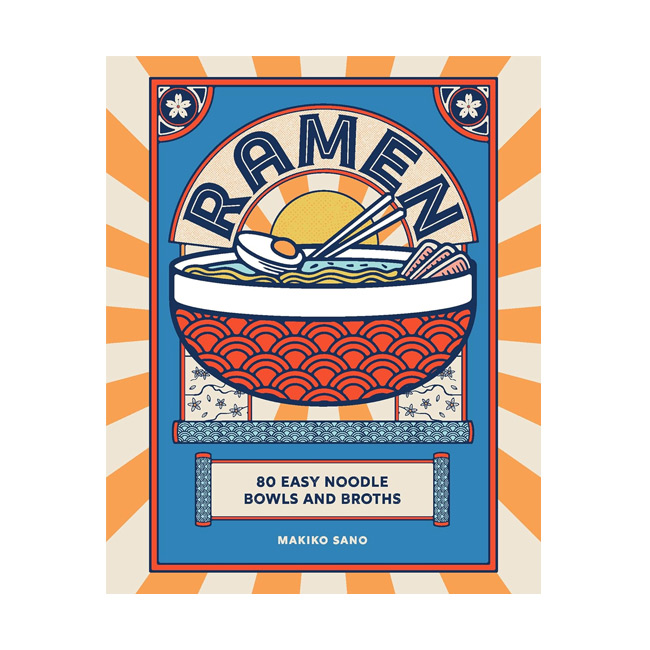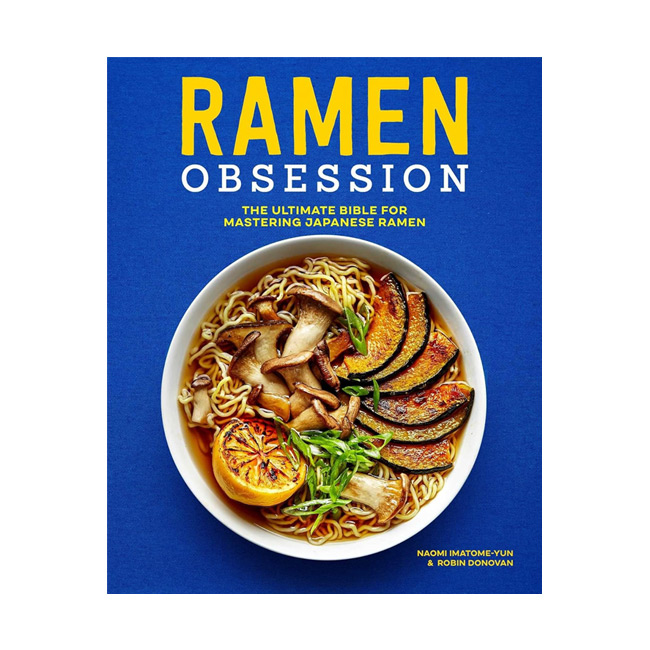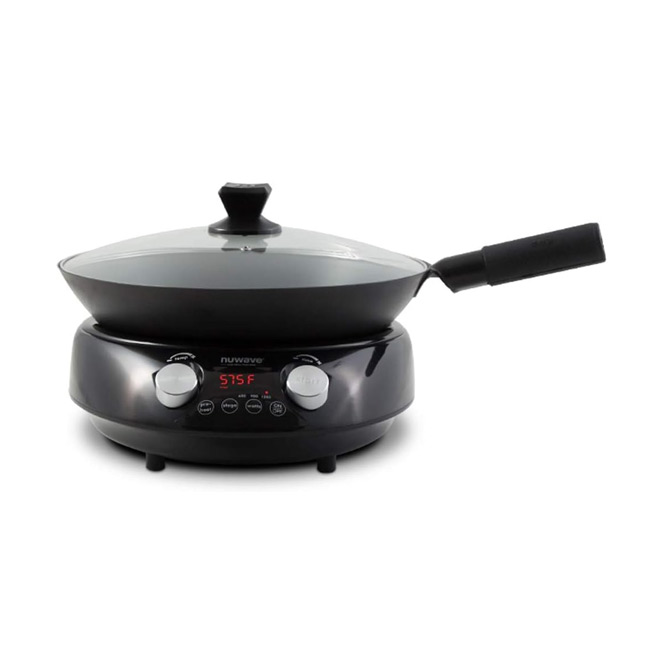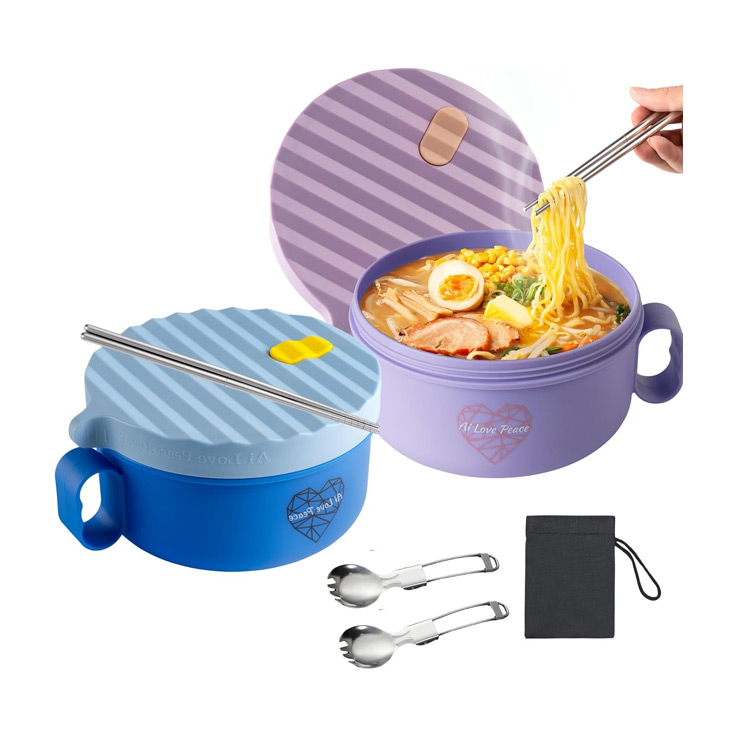Narutomaki, or fish cake, is a traditional and visually striking topping often used in ramen. Known for its distinctive pink swirl, narutomaki not only adds a pop of color to the bowl but also brings a mild, slightly sweet flavor that complements the savory broth.
Made from pureed white fish and seasoned with salt and sugar, narutomaki is steamed and sliced into rounds, creating its characteristic appearance. This topping is particularly popular in shoyu and miso ramen, where its unique texture and taste add depth and interest to the dish. Narutomaki is loved not just for its flavor but also for the visual appeal it adds to the ramen presentation.
Usage and Selection
Narutomaki is used in ramen to add a mild seafood flavor and an appealing visual element. When selecting narutomaki, look for pieces with a bright white base and a vibrant pink swirl, indicating freshness and quality. Pre-packaged narutomaki can be found in the refrigerated or frozen sections of Asian grocery stores.
To prepare narutomaki for ramen, simply thaw if frozen, and then slice into thin rounds. Add the slices to the ramen just before serving to retain their texture and appearance. Narutomaki should be warmed by the broth but not overcooked, as this can cause them to become too soft. Their subtle taste pairs well with a variety of broths, making them a versatile topping choice.
Types of Ramen Using Narutomaki
Narutomaki is a versatile topping that pairs well with various types of ramen, adding a mild flavor and visual appeal. Here’s an introduction to some popular types of ramen that traditionally use narutomaki:
Narutomaki enhances many ramen styles with its unique texture, mild flavor, and distinctive appearance. Its versatility allows it to complement a range of broths and toppings. Here are some of the most common types of ramen that feature narutomaki:

Shoyu Ramen
Shoyu ramen uses a clear and salty soy sauce broth and is considered fairly balanced, with many comforting flavors.

Shio Ramen
Shio Ramen is based on chicken broth. Its main seasoning is salt, and its toppings are usually a refreshing mix of seafood and veggies.
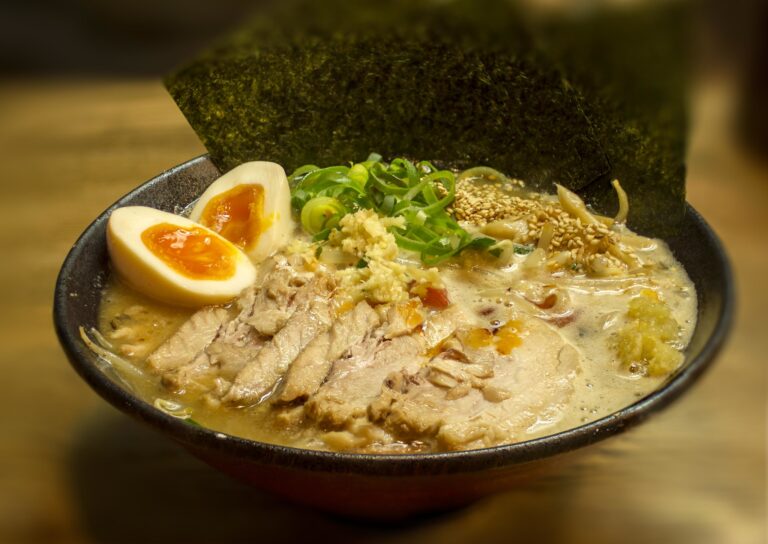
Miso Ramen
Miso Ramen originates from Hokkaido and features a robust miso-based broth, as well as ground pork, corn, and a blend of savory toppings.

Tonkotsu Ramen
Tonkotsu ramen is creamy and intensely savory. It’s based on a rich pork bone broth and uses toppings like chashu and mushrooms.

